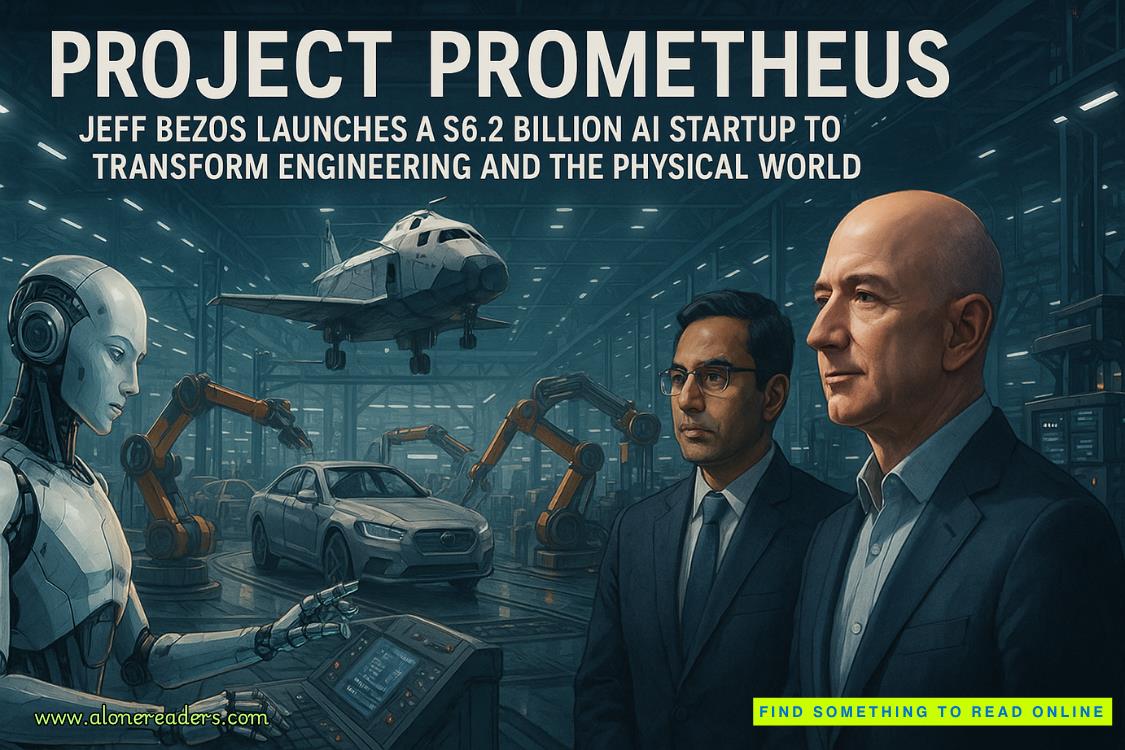Page 20 of Spread Me
That draws a short, humorless laugh out of Mads. “You have no idea how right you are. Come look at this.” They lean back from the microscope, gesture for her to take their place.
Kinsey peers into the eyepiece. “This doesn’t look like a tissue sample,” she says. “What is it?”
“That’s the sample I took from the specimen,” Mads says. “What do you see?”
She glances up at them, surprised. Mads doesn’t usually get didactic, isn’t one for leading questions or theatre. But she realizes quickly that they’re as far from theatrical as a person can get. They don’t have the smugtime to teach you somethinglook that Saskia gets when she’s about to make a member of the team play Socratic Seminar with her.
They look scared.
Kinsey studies their expression for a moment. They’re reality-testing, she realizes. Just like she did, when she needed the team to tell her that they could see that something was wrong with Domino. Mads needs her to tell them what she sees, so they can be sure of what they thinktheysaw.
She looks again. She can feel the shriek of the wind outside in her back teeth. Her eye adjusts slowly to the view through the microscope lens. There’s a tangle of branching filaments on the slide. “This looks a lot like a slime mold,” she says. “If it went through the dryer by mistake. There’s so much overlap in the hyphae. But—jesus,it’s moving fast.” As she watches, the filaments twitch their way out of view, then come back again. “Fungus doesn’t move that quick.”
“That’s what I thought too.” Mads sounds a little more grounded now, bordering on excited. “But look. Look at the crossroads.”
It takes Kinsey a moment to understand, but then her eyes land on the places where the filaments cross over each other. Pinkish clusters hide at every intersection, tucked into corners and crevices. Kinsey thinks, just for an instant, of Domino’s armpit. She steps away from the microscope, trains her eyes on Mads. “Okay,” she says. “What is that? Bacteria?”
“Viruses. I think. It’s hard to say anything definitively, obviously. But—I think the fungus is trapping droplets of moisture at those intersections, and the virus that got us all sick is hanging out in those droplets.”
“You’re suggesting, what? The fungus is… farming the virus?”
Mads looks at her sidelong. They study her for several seconds before speaking. “You remember how I didn’t call you crazy when you said you thought you saw a mouth on Domino’s chest?”
“It was four mouths,” she says.
“The point is, I listened. Right?” They wait for her to nod. “I’m going to need you to return the favor.”
“Just tell me.”
“Okay. Okay.” They draw a deep breath, shake out their fingers. “Here goes. I think… it’s a lichen.”
Kinsey almost laughs, catches herself at the last second. “What?”
“It’s possible.”
“No, it’s not.” She understands now why Mads wanted her here, so she could tell them they’re being ridiculous. She’s happy to oblige. “Lichen is mutualistic. A virus can’t participate in that kind of exchange.”
“I think it can, though.”
“How? A virus has nothing to bargain with. It only knows how to invade and multiply itself. A lichen needs something to hold structure and something to make energy. The fungus here has structure, sure, but it obviously isn’t making energy, and it’s not like a virus can photosynthesize. Unless you saw that specimen turn green at some point and I just missed it?”
Mads cracks a smile. “No Incredible Hulk moments in the exam room as far as I’m aware. But—the energy thing? It’s nottotallyimpossible for the virus to be an active participant in that. I mean, at Aix-Marseille, they found those giant viruses that were making their own energy. And we’ve seen that they can communicate with each other, and we know that fungi can communicate with, like, anything. There’s no reason to think this fungus wouldn’t be able to communicate with the virus, maybe exchanging moisture for energy? That weblike structure seems really efficient at trapping water. Out here, there’s no better bargaining chip.”
Peering through the microscope again, Kinsey can make out movement in those pink clusters. “Those pink things can’t be viruses. It’s not possible to see a virus with the naked eye,” she says.
“This isn’t your naked eye,” Mads points out. “It’s a microscope.”
“You know what I mean.”
“I do, and you’re still wrong. Here.” Mads scoots in next to her, increases the magnification by 400x. “Can you see that?”
“Almost. But c’mon, Mads. An optical microscope’s usefulness bottoms out at… what, two or three hundred nanometers across?” Kinsey makes a few small, halfhearted adjustments to the focus. “Unless you’re getting involved with lasers and radiation and shit, which I know TQI isn’t sending our way.”
“Yeah, three hundred nanometers. Giant viruses are bigger than that. Four, five hundred nanometers, and that’s just the ones we already know about.”
Kinsey finally gets the resolution right, and in that moment, she stops listening to Mads. Hell, she stops breathing altogether—because Mads is right. She can see them clearly now: giant viruses, easily six hundred nanometers in diameter, clustered together in what looks like a bubble of fluid at the intersection of two strands of fungal hyphae. They look hexagonal from above, but she knows that they’re more complex than that—icosahedrons, made up of twenty triangular faces, covered in minuscule filaments that help them find their way through the world.
Rare as precious gems. Massive. Gorgeous.















